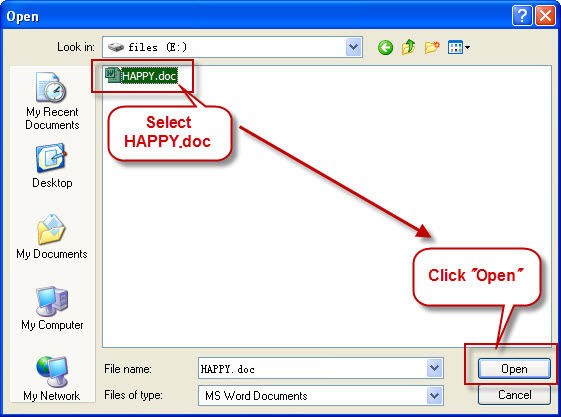Irdeto 2 Hack Serial

Jan 27, 2018 - Sat keys, satellite keys, viaccess keys, irdeto keys, sat key, nagra. Humbox Istruzioni per l'aggiornamento software via seriale (mod. IC-Prog Prototype Programmer - Universal serial IC programmer for all serial programmable devices. Nagra – ZackYFiles – Nagra Digital - KnotCard 1 y Knotcard 2. How To Crack Irdeto 2 Encryption Keys. Irdeto smart card hacking - Hack Rumors. I am ratapa fritapa frutanapaľ from calcata india and (pay tv) using to.
Author • Deputy Head, Computer Science and Software Engineering, Faculty of Information & Communication Technologies, Swinburne University of Technology Disclosure statement James H. Hamlyn-Harris does not work for, consult, own shares in or receive funding from any company or organisation that would benefit from this article, and has disclosed no relevant affiliations beyond their academic appointment. Partners provides funding as a strategic partner of The Conversation AU. Provides funding as a member of The Conversation AU. The Conversation UK receives funding from these organisations Republish our articles for free, online or in print, under Creative Commons licence. Over the last couple of days a small furore has erupted a News Corp subsidiary,, has been hacking the pay-TV smartcards of News Corp’s competitors, and even News Corp’s own companies – allegations that NDS.
I’m not going to speculate on the reasons why a supplier of – the technology that allows paid-TV providers to restrict access to their broadcasts – would want to undermine the security of their own product; but I am going to discuss how such systems work, and how secure they are. A Conditional Access Module (CAM) is a combination of encryption keys, smartcards and electronics and computer code inside a satellite or cable-TV receiver (or “decoder”). The pay-TV provider encrypts the digital signal sent to the subscriber with an encryption key. The subscriber plugs a smartcard into his/her decoder, which decrypts the signal so programs and films can be displayed on the screen.
Some decoders have the smartcard built-in already, so there is no external slot. The is a plastic card with a chip - much like a modern credit card.
You can see electrical contacts on the chip. When the card is inserted, the chip is plugged into the decoder, allowing the CAM to get the decryption key. Other information is also stored on the chip – subscriber ID, subscription details, billing details, censorship filters and so on. We don’t really know what’s there unless we hack into the chip, because it’s all kept secret. Each chip will have it’s own non-volatile memory (requires no battery), computer programs and a small (CPU). The security of the system depends on a few things: • secrecy of the encryption algorithm • secrecy of the keys • secrecy of the hardware.
So let’s start with the. An algorithm is a recipe for doing something – in this case, for scrambling and descrambling the digital signal.
Some CAM providers write their own algorithm, and depend on it remaining a secret. That’s a bit like hiding your door key inside a brick or under a flower pot – once the secret (that the key is in the brick) is discovered, you have no security. Works this way. A much better approach is to keep the key with you (a secret key).
Everybody knows how your door security works (you put the right key in the lock and turn), but that only works if you have the key. If your lock (algorithm) is faulty, you’ll find out quickly enough and replace the lock. Of course, Pay-TV subscribers would have to remember the key, and have to enter it into their decoder - very inconvenient, but very safe. Foxtel uses CAMs. These use encryption - a reasonably complex encryption algorithm that’s difficult to crack without employing lots of supercomputers. 3DES is a known algorithm - it has been tested for years and, if implemented correctly, will be safe. And the security of the decryption key?
Driver woxter slim disk usb 20. That’s stored on the chip in the smartcard. Just like hiding it inside a (very thin) brick. 3DES is a, which means you use the same key to encrypt and decrypt. If hackers can open up the card and get to the key, they can extract the key and use it to make cloned cards. This leads us to the secrecy of the hardware. Four years ago, Wired magazine posted a YouTube video (see below) showing Chris Tarnovsky demonstrating how to extract the chip from a smartcard, and access the electrical signals.